
Gorzków
Elaboration author
Artur Karpacz
Monuments
Parishes
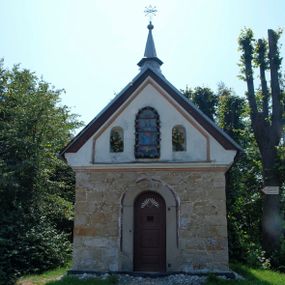
The chapel of Madonna of Częstochowa in Gorzków
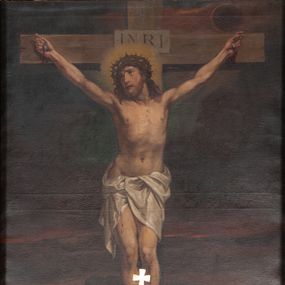
Crucifixion (painting)
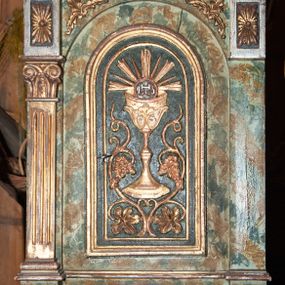
Tabernacle
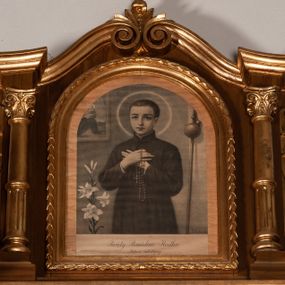
St. Stanislaus Kostka
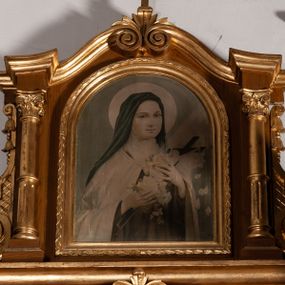
St. Thérèse of Lisieux
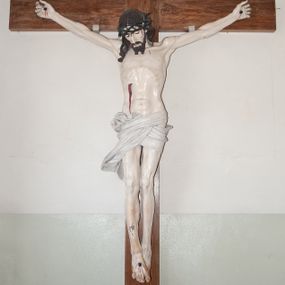
Crucifix
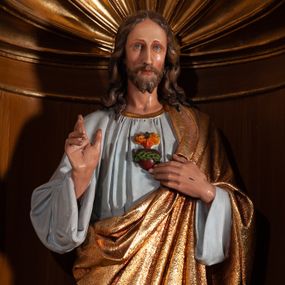
The Most Sacred Heart of Jesus sculpture
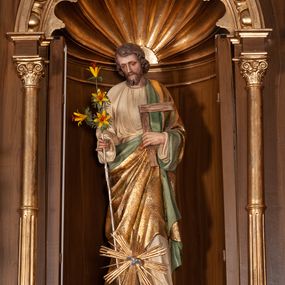
Sculpture of St. Joseph
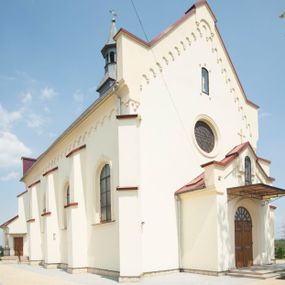
Church of Madonna of Częstochowa in Gorzków
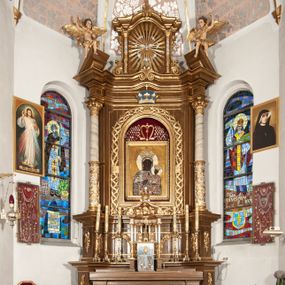
High altar
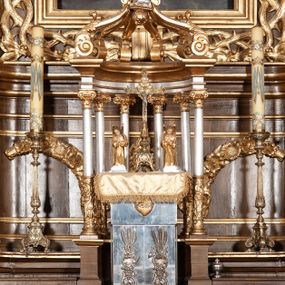
Tabernacle
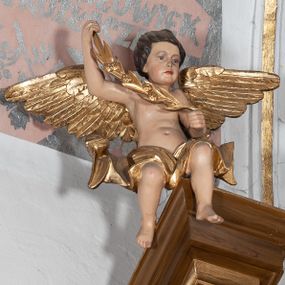
Two angels in altar finial (sculpture)
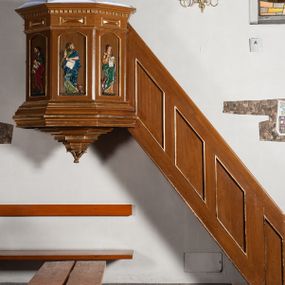
Pulpit
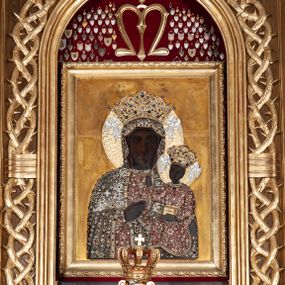
Madonna of Częstochowa (painting)
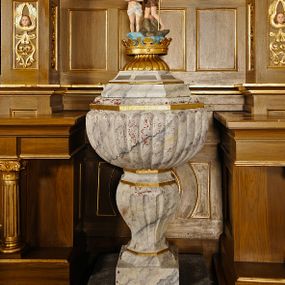
Baptismal font
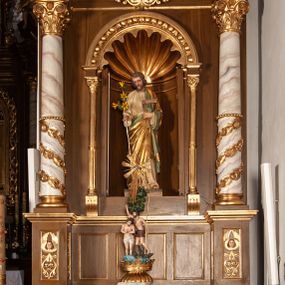
Side altar
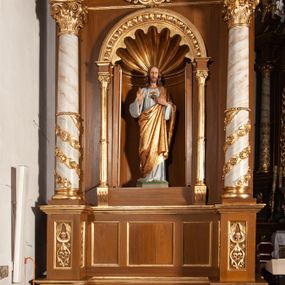
Side altar
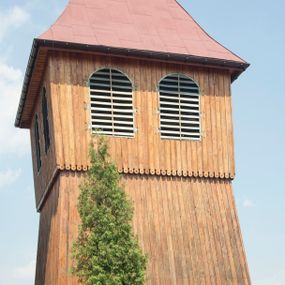
Bell tower
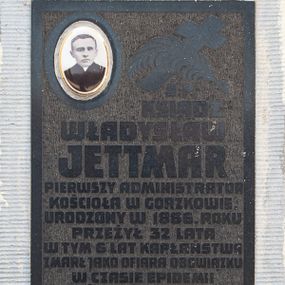
Epitaph plaque of father Władysław Jettmar.
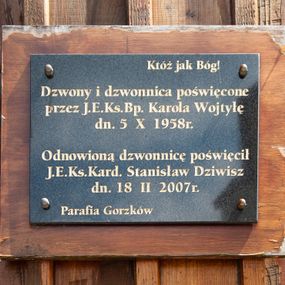
The commemorative plaque devoted to the bells and the bell tower
History abstract
From the 15th century Gorzków was owned by local knights, which is confirmed by the "Liber beneficiorum dioecesis Cracoviensis" by Jan Długosz from the years 1470-1480, mentioning the heir Stanislaw Klępa of the Strzemię coat of arms. In the thirties of the 16th century, the estate was collected by Stanisław Morsztyn, the bergmeister of the Wieliczka mines. At that time, the village was sparsely populated and generated a small income, so it was decided to take care of its development, focusing on the production of flax and hemp. According to the conscript register from the area of the Cracow voivodship of 1629, there were three kmiecy lans in the village, two homesteaders with land, three landless tenant with cattle and one landless tenant without cattle. The Morsztyn family owned the estate until the end of the Swedish Deluge. Later, until the beginning of the 20th century, the property passed into the hands of various noble and manorial families. In the age of steam and iron, the town was hit by numerous natural disasters, crop failures and epidemics decimating crops, animals and the population. After granting a wide-ranging autonomy to the Kingdom of Galicia and Lodomeria in 1869, Gorzków was incorporated into the commune and poviat in Wieliczka, giving the cluster its own coat of arms. From 1894, a single-class school with a board in Bugaj (independent since 1903) operated in the village. In the interwar period, attempts were made to repair the damage to the educational institution caused by the global conflict, which, unfortunately, was only partially successful (classrooms and teachers' rooms were unheated in winter, as there was still a shortage of fuel). It wasn't until the summer of 1945 that the temporary school renovation began in the era of apparent freedom. The thaw after the death of Stalin and Bierut had a positive impact on the modernization of the village, where after 1956 electricity was introduced, brick houses were erected or a Voluntary Fire Brigade was established. In addition, the road crossing the village was covered with asphalt and regular suburban buses began to operate. Finally, in 1991, a new school building was funded, and a telephone line and gas pipeline were commissioned.
How to cite?
Artur Karpacz, "Gorzków", [in:] "The Sacred Lesser Poland Heritage", 2026, source: https://sdm.upjp2.edu.pl/en/places/gorzkow-1